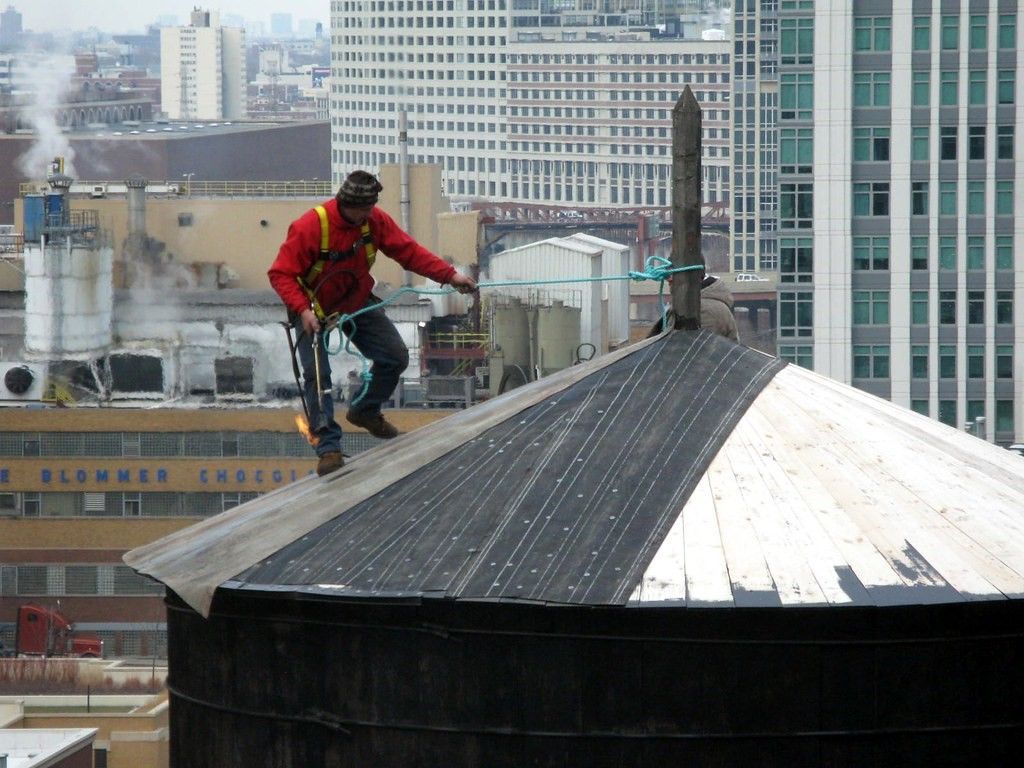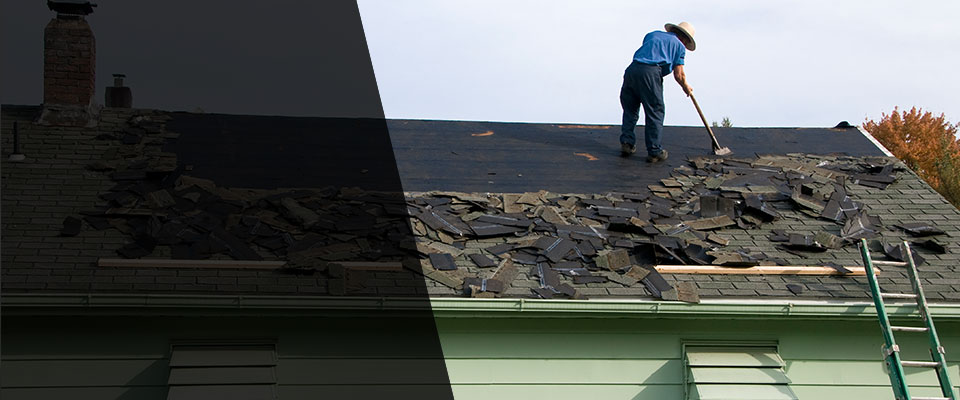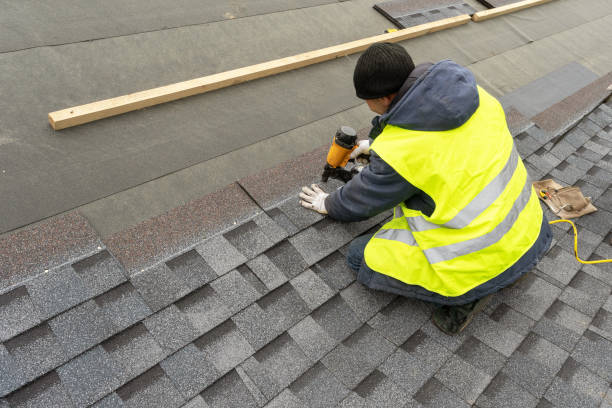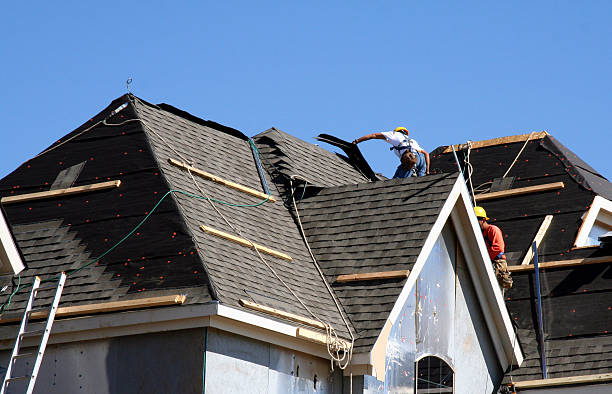Roof Leak Repair in Bayonne, NJ 07002
Is your roof leaking?
Everyone desires and needs a protected and comfortable location to live. Numerous home repairs might be accomplished over the course of a weekend. There are some Do it yourself fixes that ought to not be tried. A broken, leaky roof is one of the most feared house repairs because discovering and remedying a leak isn’t typically simple.
Discolored or sagging sheetrock, flaking paint, or an apparent drip are all signs of a roof leak. Even a small undiscovered leak can cause broken insulation, mildew advancement, and rotted wood structure. A leak can likewise move and spread out from the original broken region to another portion of your residential or commercial property.
Our Bayonne Roof Repair and Replacement Contractors can provide fast service!

Contact Us Today to Repair a Leaking Roof at 888-347-0551
The majority of roof leaks in Bayonne, New Jersey are caused by fairly normal situations that damage your roof.
- Your roof will never have a bad day, yet aging is inescapable. All roofing products are prone to extreme weather conditions such as rainstorms, freeze/thaw cycles, heats, and intense summer season sun, which may eventually trigger early aging, breaking, and curling of the shingles.
- Brick chimneys seem strong, but the mortar that holds the bricks together, in addition to the flashing and chimney crown, can be readily destroyed. Water may enter into the attic through cracks, corrosion, and leaks.
- A leak can be easily caused by missing out on or broken shingles. Private shingle replacement is generally not a significant concern, but failing to get it repaired might result in more broken shingles and more costly repairs.
- The vents on your roof system contain exposed fasteners that will fracture, weaken, and age gradually. This is a small repair, but it is a common source of leaks because many vents do not last the life of the roof.
- The plumbing boot slips over a pipe to safeguard the pipeline’s connection to the roof. The boot, like the vents and flashing, can be damaged, fracture, and fail. The repair isn’t particularly hard, although damage can be easily neglected.
- Storm damage, strong winds, and hail might all cause large and small holes. Some holes appear, but others may go unnoticed for many years till an examination exposes them. Water can enter through even little holes caused by misplaced roofing nails, the elimination of an antenna or dish mounting bracket, or impact-related fissures in roofing products.
- A complex, convoluted roofline may be quite enticing, however it is likewise harder to waterproof. Every joint, valley, and slope needs to be marked.
- Roof products struggle to withstand freeze-thaw cycles, in addition to ice and snow. Water may slip into microscopic areas between and under shingles when snow builds up, melts, and refreezes. Water swells and deepens the crack as it freezes. The weight of the snow and ice can also trigger bending and sagging of the flashing and plywood structure.
- Rain gutters might position difficulties if they are not cleaned and fixed on a routine basis. Rainwater can support behind a clog and penetrate through the shingles, damaging the wood underneath. Standing water can also cause damage to older seamless gutters.
- Skylights, like chimneys and pipe vents, have some of the same problems. Aside from possible flashing damage, the rubber or vinyl seals around skylights may dry up and fracture; at this point, the skylight needs to be replaced.
- Moisture can develop in your attic as a result of ventilation issues, and this can imitate a roof leak. In order to adequately leave warm air and moisture from your attic location, your roof needs to have adequate intake and exhaust ventilation. This can result in wood rot, mold, and damaged insulation, and it has the prospective to be a really costly repair.
The greatest protection against roof leaks is to schedule a yearly roof inspection and to act quickly if you suspect a leak.
Continue ReadingTrusted, dependable roof repair contractors on which homeowners can rely is also a priority. Our Roofing Contractors are dedicated to professionalism and excellent work. Please contact us right away if you need a roof repair contractor at 888-347-0551.
We can provide Emergency Roof Repair for all areas in Bayonne including: Hudson County, , Bergen Point, Pamrapo and in Area Codes 201,551






